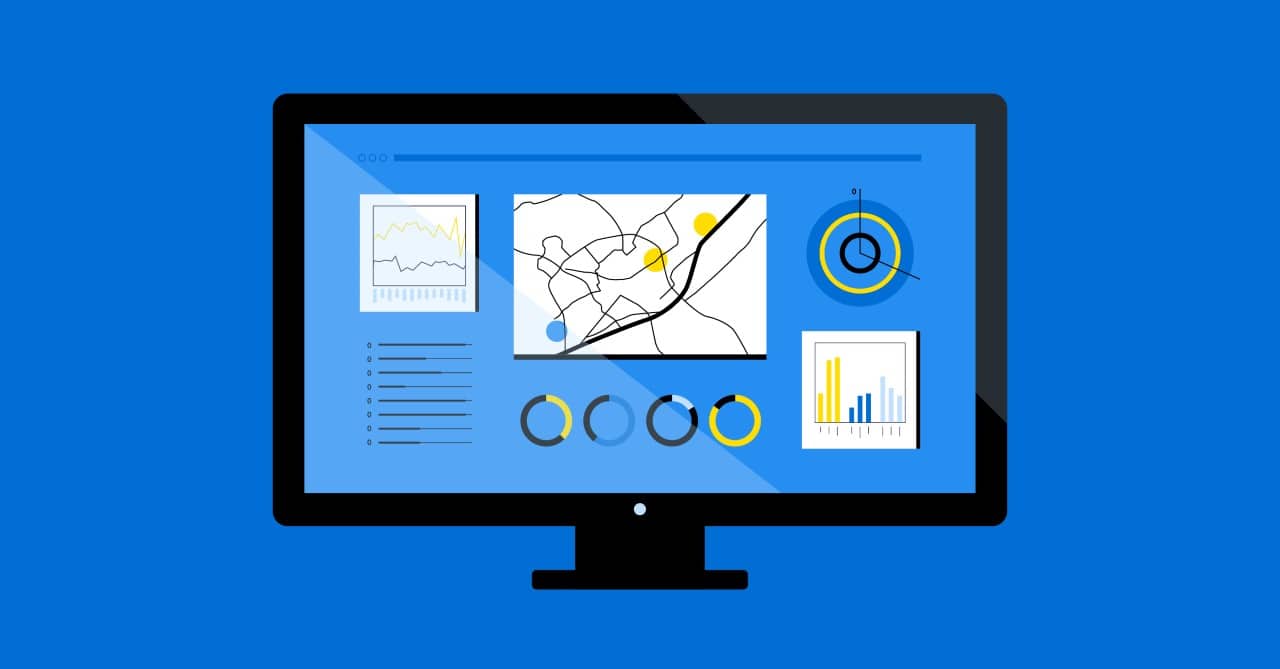Retail Traffic Analytics is not a Trivial Pursuit
December 14, 2021

Traditionally, besides their internal business data and some minimal competitive intelligence, retailers used to leverage demographic and socio-economic indicators of the proximal region. While this was adequate five or ten years ago, this approach no longer offers enough substantive information for either sales projections or competitive advantages. With the advent of vehicle traffic data and foot traffic data, both collectively considered mobility data, retailers can now have a more complete understanding of consumer behaviour at a hyperlocal level. According to the Boston Consulting Group (BCG), retailers must now optimize their reach to consumers through omni-channel options that offer “hyper-convenience.”
Per Accenture, retailers have the capability to collect huge amounts of internal data from consumer transactions and loyalty programs. However, to gain more accurate insights, a combination of external data sources is needed to provide more context. Therefore, mobility data is vitally important, in particular road traffic data.
The Benefits of Traffic Analytics for Retail
1. Understand sales performance
The primary objective of these data is for retail outlets to better understand sales performance at the local or micro market level by comparing them to variations in traffic flow. This kind of analysis requires the data to be sliced by day and by hour. Only at this level of granularity will it reveal how well the store performs.
While not the only measure of success, traffic volume can indicate brand awareness and attractiveness. Location remains a key consideration of any brick-and-mortar retail establishment but having a strong brand will reveal an attractiveness that increases traffic. Look no further than Starbucks or McDonald’s at the right time of day to demonstrate how, in addition to location, the brand provides an additional element of demand.
2. Improve Competitive intelligence
These data can also provide enhanced competitive intelligence about brand awareness and success factors such as the frequency of visits to store locations. As mentioned above, the brand appeal will increase traffic. The phenomenon of both location and brand awareness contributes to “agglomeration,” whereby retailers gather into groups of similar merchandise: Fast food, car dealers and drug stores are most often seen within close proximity.
3. Understand consumer behavior
Finally, mobility data help to create a much more accurate picture of the consumer demographics and behavior. As a result, the data will also help to define the local trade area as well. In this case, traffic analytics looks beyond just volume and takes into consideration the origin and destination of consumers. Time and distance factor into an approximation of the size and reach of the trade area that may be limited by demographic composition as well as physical barriers such as rivers or major highways.
Using Road Traffic Data to Understand Store Performance
Road traffic analytics data from HERE Technologies, for example, deliver accurate, comprehensive traffic counts by using billions of sensors to gather the volume of vehicles, their speed and other observations. These data are available in 5-minute intervals for every road in the United-States, Canada and many other countries for the most recent five-year interval and the data is refreshed every 48 hours. The data also differentiates between trucks and passenger vehicles as well as road class (e.g., highway vs. residential).
Road traffic data are also collected through other sources including Google Maps, used by millions of consumers daily. Vehicle traffic count data do not represent an exact or absolute number of all vehicles on a street network, but rather a sampling of the actual traffic. Here are some of the recommended applications for these data:
Usage of Road Traffic Data
Ideal for:
- Comparing cars on street A vs street B at a given time period
- Observing traffic volume changes for street A by date
- Understanding consumer travel patterns (origin/destination)
Not ideal for:
- Conducting a macro-analysis of all traffic within a country or a state
- Obtaining live traffic counts (there is a 48-hour lag).
Once these data have been extracted in a usable format, retailers will generally build information dashboards to understand individual store performance by comparing the fluctuation of traffic volume with sales performance for peak and off-peak hours. The graphic below demonstrates the coincidence of traffic volume to retail sales for convenience store competitors. The data is correlated over several weeks as well as by time of day (hourly) and day of week. Here, each retailer should begin to ask if sales are strictly correlated to traffic or whether there is another factor, such as store merchandise or the ingress or egress to the store, that is impacting sales.

How to Choose the Right Traffic Data
What some retailers fail to realize is that choosing the right data is not a trivial pursuit. Depending on the type of retail business, companies may opt for footfall or vehicle traffic data, or both. Additionally, these data, in their raw format, come with very large volumes of information that are not easy to store or analyze with traditional geographic information systems (GIS). Computing traffic analyses at scale requires intensive geospatial data delivery and integration skills that leverage cloud data warehouse technology. However, only certain cloud platforms are enabled with geoprocessing capabilities, while others would require the user to export data to a separate GIS software solution that will often degrade the performance.
It’s important then to understand your current IT configuration, and where new computing infrastructure options provide better performance. Data silos of varying file formats is no longer the state-of-the-art option. Cloud native platforms such as Databricks has host structured, unstructured and semi-structured data at scale and will accommodate geoprocessing.
Contact Korem today to determine what’s right for your business challenge.





